Holiday Food Trends: What’s Popular in December 2025?
Discover the top holiday food trends for December 2025 — from global fusion dishes to sustainable ingredients and AI-powered festive recipes.
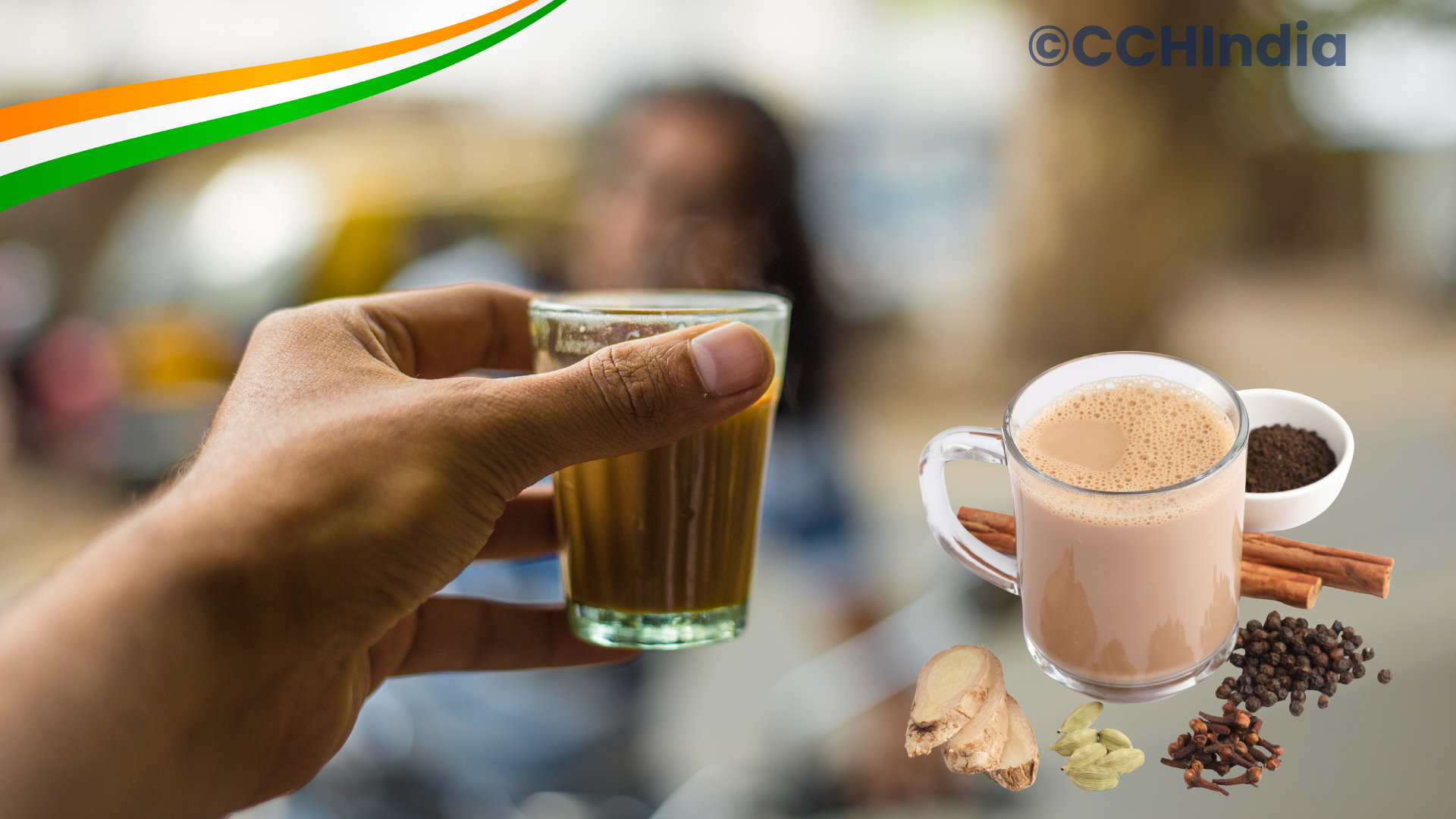
Chai in India isn’t just a beverage — it’s a ritual, a community, and an economy. From roadside tapris to billion-dollar businesses, chai fuels India’s culture and livelihood.
Every time I hear the word chai, I don’t think of a drink. I think of the clinking of glass tumblers at a railway platform. I think of that tiny stall near my college where the kettle never cooled down. And honestly, I think of those conversations that only happened because someone said, “Chal, ek chai ho jaye.”
It’s funny, right? Coffee shops get all the glamour in movies and ads, but in India, chai is where the real magic happens.
"They say true love begins with the heart,
But I believe chai plays a part.
Sit together, share just one cup,
And endless stories start to erupt"
Table of contents [Show]
Have you ever noticed how chai is always the excuse? Office colleagues don’t say “let’s discuss this.” They say, “Chai pe charcha?” Families fight, sulk, then sit down with chai and snacks, and somehow the air feels lighter. Even strangers — like two passengers sharing a train seat — suddenly talk freely once the chaiwala passes by.
It’s not just about sipping hot liquid. It’s a pause. A reset button. That five minutes where everyone is equal, no matter what’s in their wallet. Rich guy, broke student, factory worker, techie — chai doesn’t care.
Here’s the part people often miss. Chai isn’t just emotional, it’s financial.
Think of the millions of tea garden workers in Assam, Darjeeling, Nilgiris — their livelihood depends on those leaves. Then there are the small-town tapri owners, balancing kettles on rusty stoves, earning just enough to keep going. Add in supply chains, export markets, brands that package “premium chai blends” and sell them abroad for ten times the price. Together, it’s a multi-billion-dollar industry.
Sounds big and fancy. But the real economy? It’s that ten-rupee kulhad chai outside a bus stand, serving a tired driver who just needs warmth before his next trip.
For me, chai was survival during exam prep. Midnight, notes scattered, eyes half-dead — one sip and suddenly the brain woke up. And during winters? Nothing beat wrapping my hands around a steaming cup, like it was both heater and healer.
And let’s be honest, half of us wouldn’t have half our friendships if not for chai breaks. Some of my best conversations started with, “Bas 5 minute, ek chai.” Spoiler: it was never just 5 minutes.
I always cringe when foreigners call it just “tea.” Like, buddy, tea is leaves in hot water. Chai is drama. Chai is boiled milk, ginger, cardamom, sugar, sometimes a little too much sugar — a mix as chaotic as India itself. It’s strong, it’s sweet, sometimes it burns your tongue, but you still go back for more.
The big deal is that chai isn’t going anywhere. Coffee trends will come and go. Fancy energy drinks will show up. But chai — chai is stitched into the country’s routine. Into its mornings, evenings, gossip, and even revolutions (remember the phrase “Chai pe Charcha” in politics?).
It’s more than caffeine. It’s comfort. It’s connection. It’s the economy of the everyday.
And honestly? That little clay cup of chai feels like India in miniature — warm, imperfect, full of flavor, and always shared. ☕
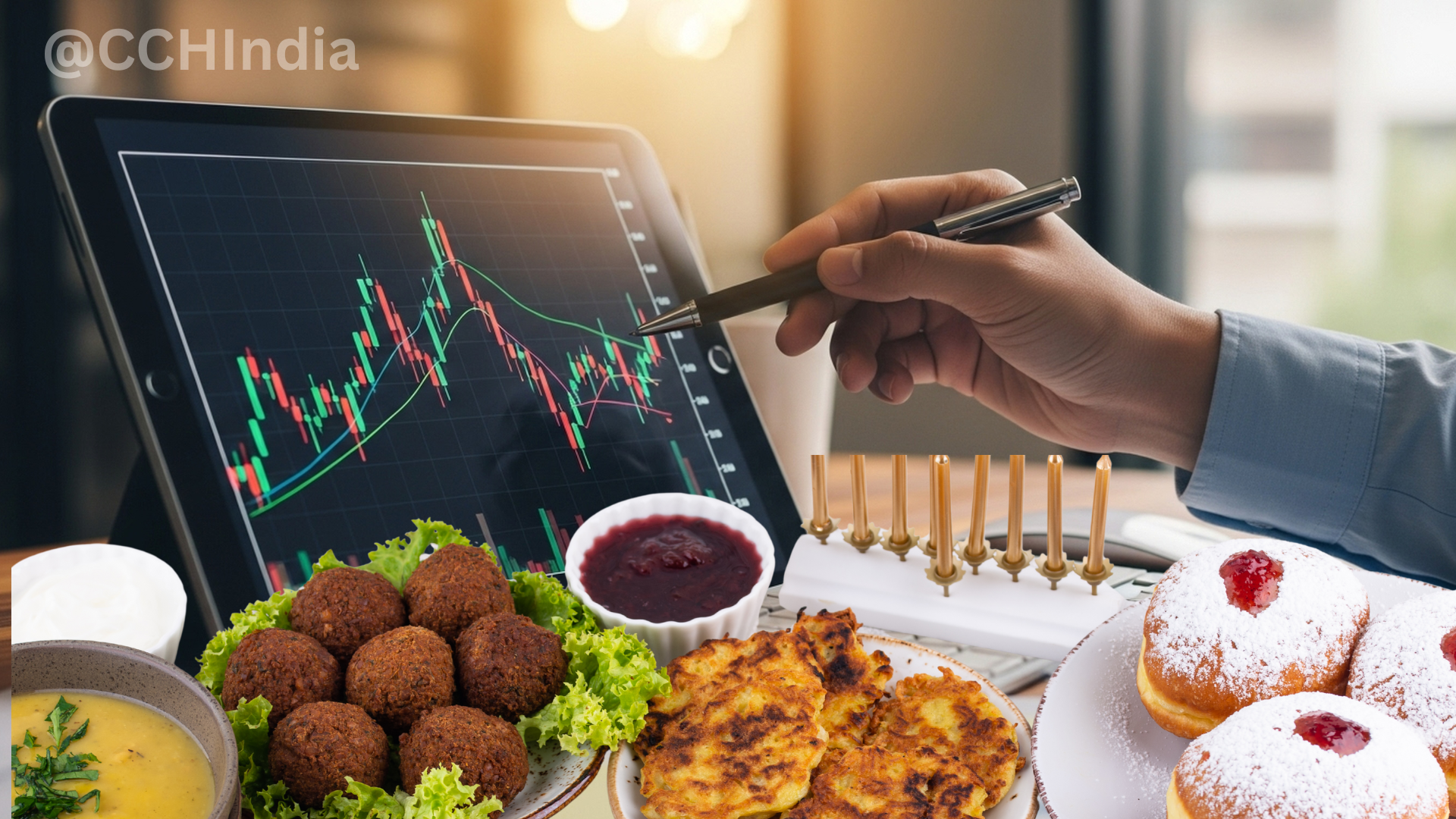
Discover the top holiday food trends for December 2025 — from global fusion dishes to sustainable ingredients and AI-powered festive recipes.
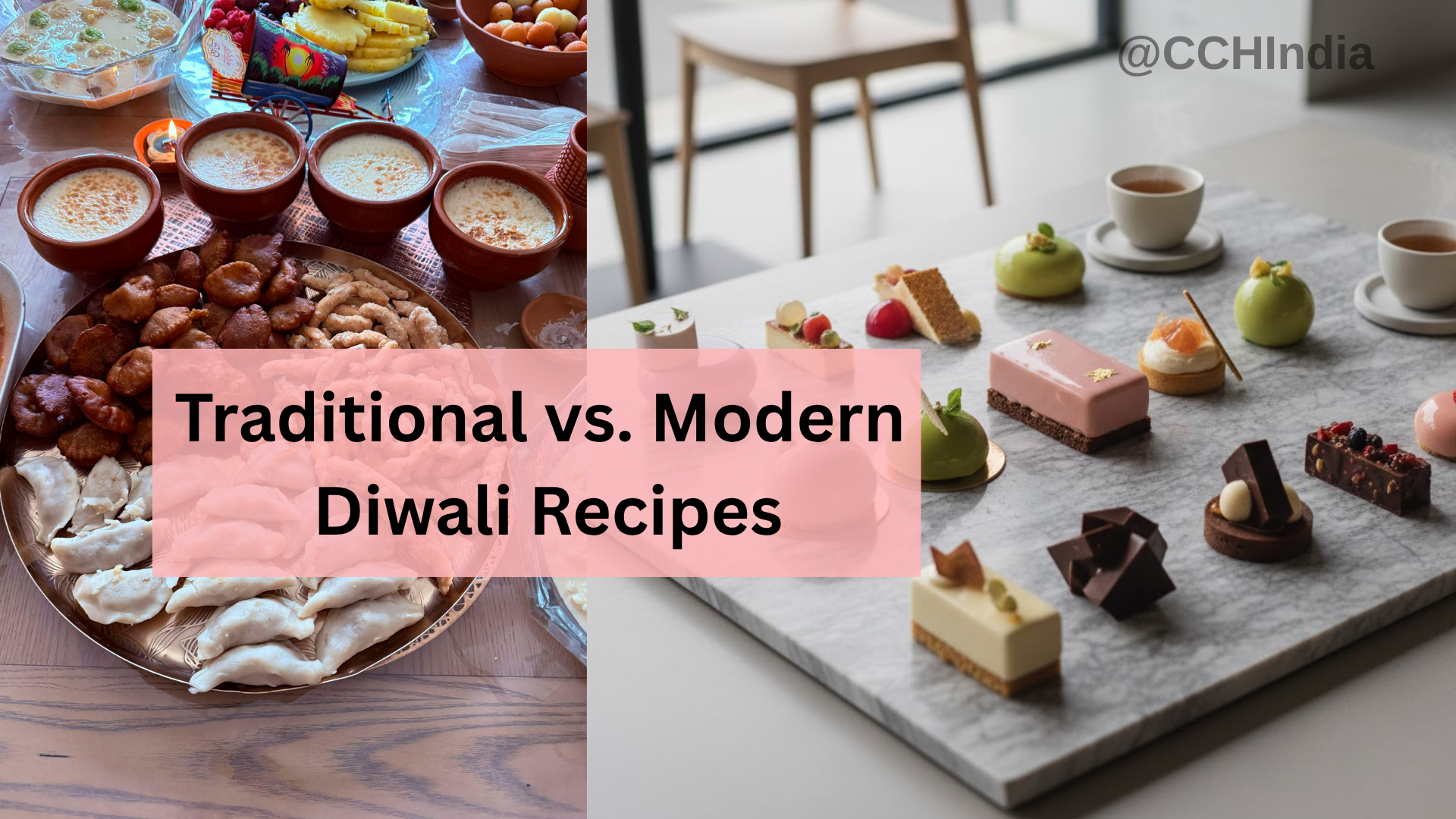
In 2025, Diwali kitchens are evolving — from grandma’s ghee-loaded laddoos to avocado barfis and air-fried chaklis. Here’s a real, human take on how Indian families are reinventing festive classics.
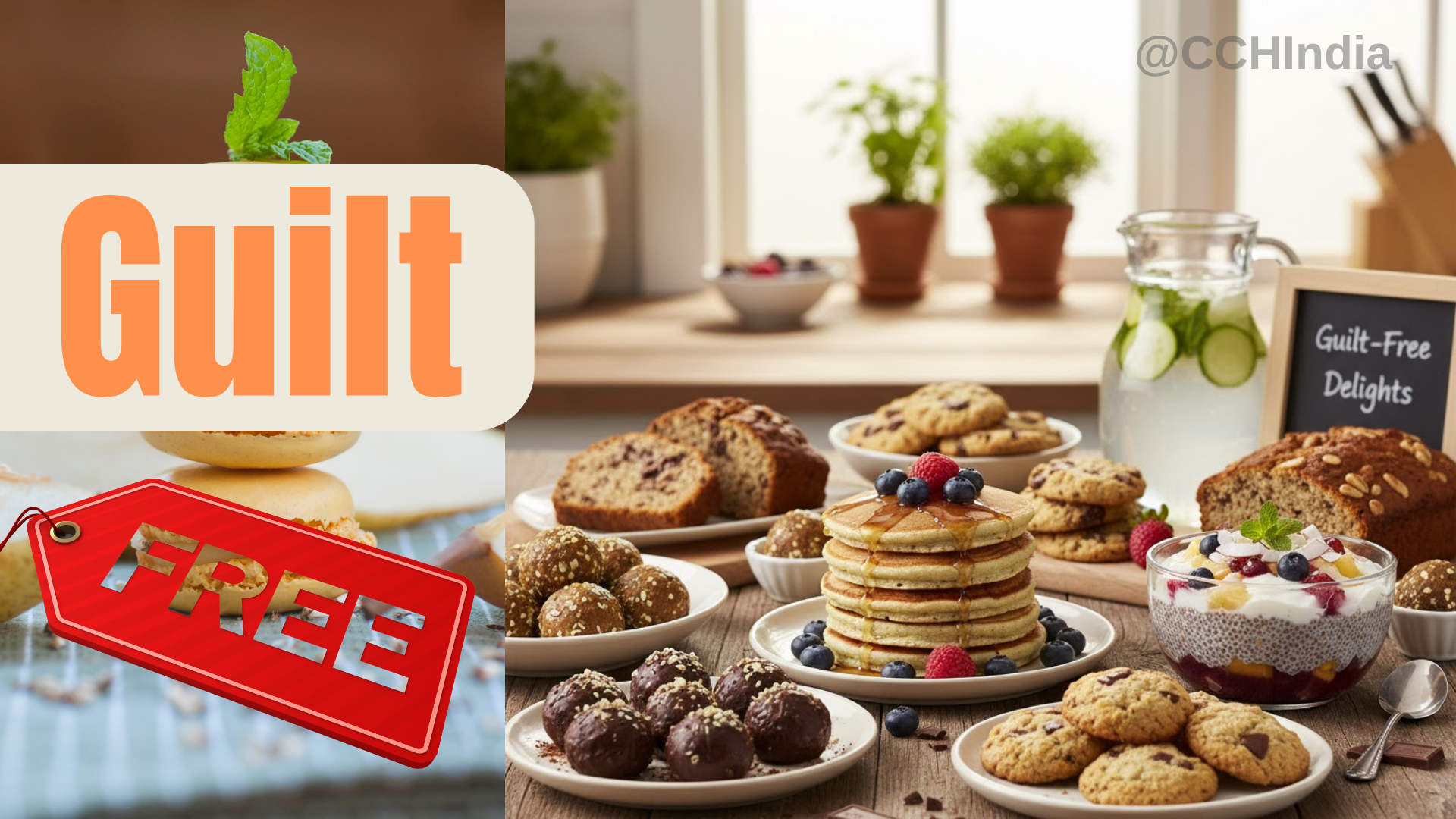
Discover healthy Diwali treats and guilt-free Indian sweets made with dates, jaggery, yogurt, and nuts—enjoy festive indulgence without the sugar crash.
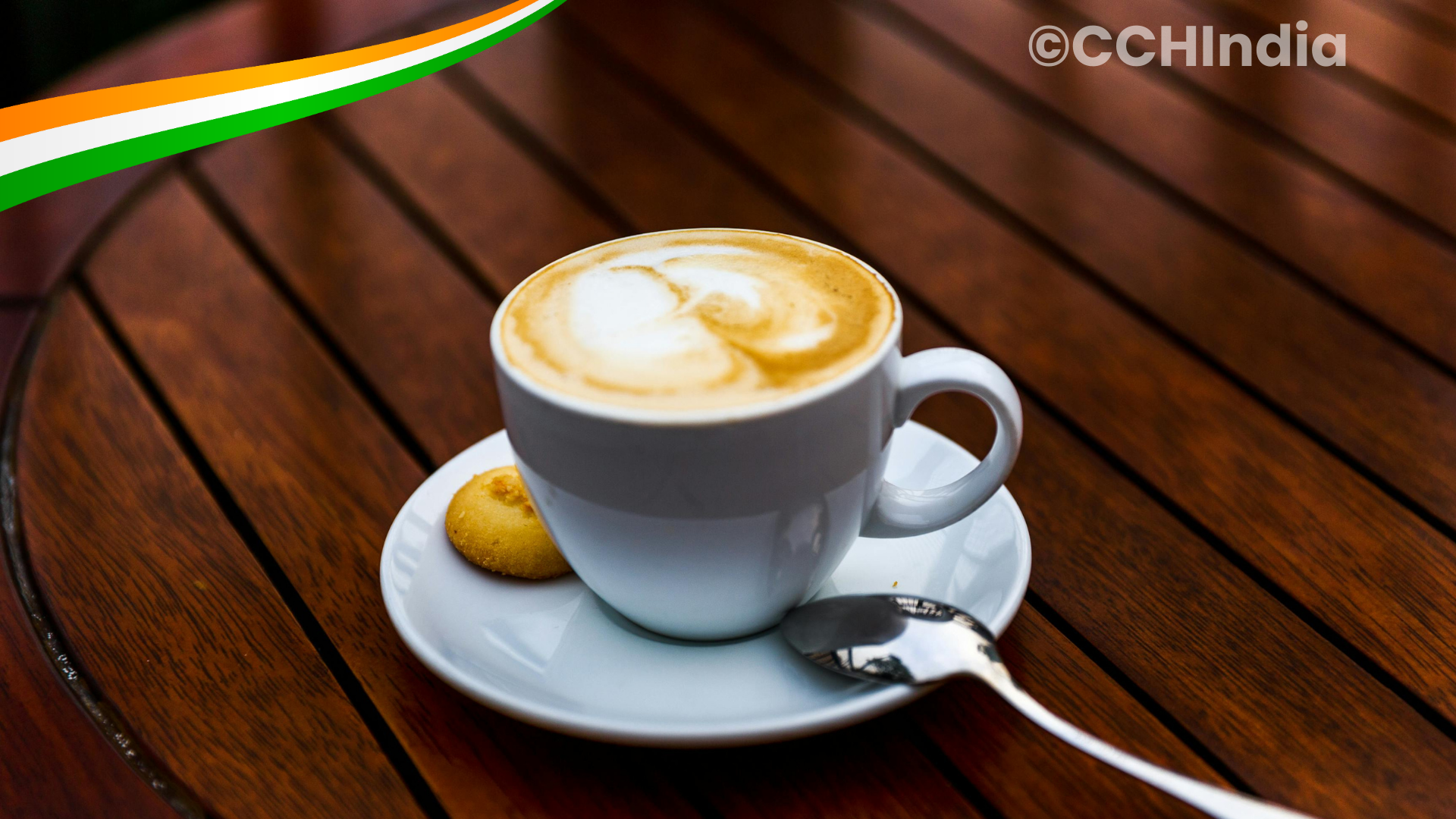
A personal dive into how India’s beloved masala chai turned into the global “chai tea latte” — exploring culture, flavors, and the funny way traditions get repackaged abroad.

